Purchase 2 Pay: Definitions, Benefits, and the Road to Automation

by Oscar Geurtsen
What is purchase2pay?
Purchase to Pay (P2P) is an integrated process used within organizations to manage purchasing activities and payment obligations. The process starts with the request for goods or services and ends with payment to the supplier. The focus is on automating and streamlining actions such as approvals, matching invoices to purchase orders and checking deliveries. This increases efficiency, reduces the administrative burden and provides greater financial control. Purchase to Pay also contributes to better relationships with suppliers through timely and accurate payments.
Key Takeaways
- Purchase-to-Pay (P2P) is an integrated process that covers the path from purchase to payment, designed to manage spending and supplier relationships more efficiently.
- P2P focuses on the operational part of purchasing, while Source-to-Pay (S2P) is broader and also includes supplier selection and contract management.
- The P2P process consists of six steps: request, approval, purchase order, receipt, invoice processing and payment.
- The goal of P2P is to reduce costs, increase accuracy and improve compliance, with the added benefit of better supplier relationships.
- Advantages of Purchase to Pay include increased efficiency, cost savings, and real-time financial insight; disadvantages include implementation costs and technology dependency.
purchase to pay vs procure to pay vs source to pay
Although the terms Purchase to Pay, Procure to Pay, and Source to Pay are sometimes used interchangeably, there are clear differences between these concepts.
1. Purchase to Pay (P2P): This process focuses on the operational part of purchasing and payment. It consists of:
- Submitting a purchase request.
- Generating and approving a purchase order (PO).
- Receiving and checking the delivered goods or services.
- Processing invoices and making payments.
2. Procure to Pay (also called P2P): This term is often used synonymously with Purchase to Pay, but places slightly more emphasis on the strategic purchasing aspects, such as selecting suppliers and negotiating contracts.
3. Source to Pay (S2P): This is a more extensive process that starts with finding and selecting suppliers (sourcing). It consists of:
- Supplier identification and selection.
- Negotiations and contract management.
- All steps in the P2P process.
The Purchase2Pay process explained step by step
The Purchase to Pay process consists of the following steps:
- Requisition: An employee or department submits a purchase request for required goods or services. This request is recorded in a digital system.
- Approval: The request is reviewed and approved by a manager or the responsible department.
- Purchase Order: After approval, a purchase order is generated and sent to the selected supplier. It contains details such as quantity, price and delivery terms.
- Delivery and Receipt (Receipt of Goods/Services): The delivered goods or services are checked for quality and quantity. The receipt is recorded in the system.
- Invoice Processing: The supplier sends an invoice, which is matched with the purchase order and receipt (three-way matching). This prevents errors and double payments.
- Payment: After approval of the invoice, payment will be made according to the agreed terms.

What is the purpose of Purchase to Pay?
The main goal of Purchase to Pay is to streamline purchasing and payment processes to increase efficiency and reduce costs. Specific goals include:
- Lower labor costs: Automating processes reduces the need for manual intervention.
- Increased accuracy: Automated systems minimize human error.
- Improved Compliance: Organizations can better adhere to internal guidelines and external regulations.
- Better supplier relationships: Timely and accurate payments improve supplier relationships.
Advantages of P2P
- Efficiency: Eliminating manual processes saves time.
- Cost saving: Automated checks and payments reduce administrative burdens and error costs.
- Insight into finances: Real-time reporting enables better budgeting and decision-making.
- Compliance: The process ensures that all expenditures comply with policy and legal requirements.
Disadvantages of P2P
- Implementation costs: Setting up a P2P system requires an investment in software and training.
- Complexity: Integrating existing systems and processes can be a challenge.
- Dependence on technology: System failures can delay the entire P2P cycle.
Why automate P2P?
Automating Purchase to Pay offers a number of benefits:
- Scalability: Organizations can efficiently expand their processes as they grow.
- Error reduction: Automation eliminates common human errors, such as duplicate payments.
- Faster turnaround times: Invoices are processed faster and payments are made on time.
In short, an integrated P2P system helps organizations address operational challenges, save costs and improve supplier relationships. By embracing automation, companies can optimize their processes and gain a competitive advantage.
Curious about how we can help your business?
Contact our team and discover the possibilities!
discover our other blogs

Groningen Seaports: From Paper Processes to Automated Invoice Management with Easy Invoice and Dynamics 365




